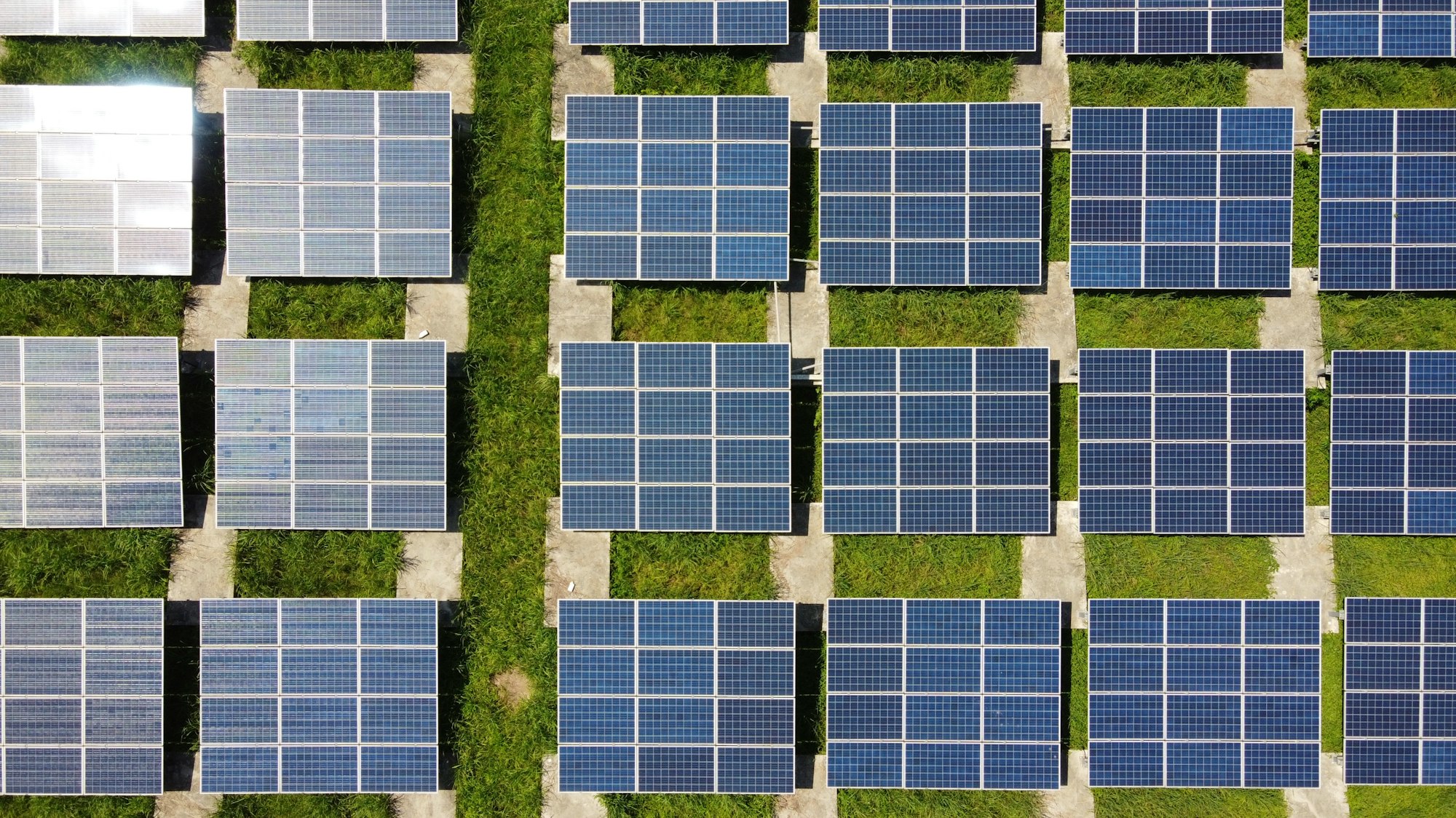
Are We On Track to Triple Renewable Energy Capacity by 2030?
The IEA says we're within reach of a key renewables goal set at COP 28 in Dubai, but the path forward isn't all sunshine.
The IEA says we're within reach of a key renewables goal set at COP 28 in Dubai, but the path forward isn't all sunshine.
Outline
When climate officials from around the world met last month in Dubai for COP 28, one thing they agreed on was that we need a lot more renewable energy, and fast—ideally tripling renewable capacity by 2030. This shift is key to curbing our dependence on fossil fuel systems that emit heat-trapping gases. And there’s reason to think we might just succeed.
A report out this month from the International Energy Agency finds that in 2023 the world added 50 percent more renewable capacity than it did in 2022—a historic leap. We’re not quite on pace for that threefold increase yet, but at a projected 2.5x, we’re not far off. In total, last year’s added renewable capacity of 510 gigawatts would exceed the peak electrical needs of England, France, Saudi Arabia, and Brazil put together.
Two words summarize the source of this record growth: Solar and China. China installed as much new solar capacity in 2023 as the entire world did a year earlier. Others on or near the podium included the United States, Brazil, and the EU. Here, we have to note that China’s status as what Reuters called “the colossus of renewable energy” is awkwardly scuffed by the fact it’s also building out a lot more coal power, with “more coal-fired capacity under construction than the rest of the world combined.”
Indeed, while renewables are expected to continue to grow between now and 2030, the IEA’s report isn’t all sunshine. It points to a number of barriers that could stop us short of tripling global renewable capacity: poor countries need more financial support, getting more renewables online requires investments in the grid, and various administrative and permitting hurdles need to get out of the way.
One example of those last two problems: In the United States, it often takes several years to go from starting the permitting process to actually connecting a new renewable energy project to the grid. And one of the main bottlenecks is just limited transmission capacity—meaning upgrading some existing lines and adding new ones would go a long way toward rolling out more renewable energy faster.
–By Daniel Potter
More like this
So You're Ready to Step Up on Climate Action. Now What?
Folks ready to learn and do more about climate change have an array of options to get started. What are their respective pros and cons, and how does Terra.do stack up?
Our Next Cohort's Nickname Is the Manatees. Here's Why That's Special.
We've named each graduating class after animals at risk in our warming world, and we've just finished our first full lap through the alphabet.
Couldn’t We All Use More Storage?
Where are we going to put all that clean power from variable renewables like solar and wind? The world of batteries is already ramping up.

 Background
Background


